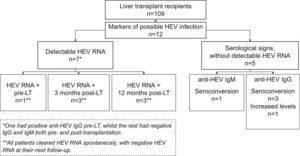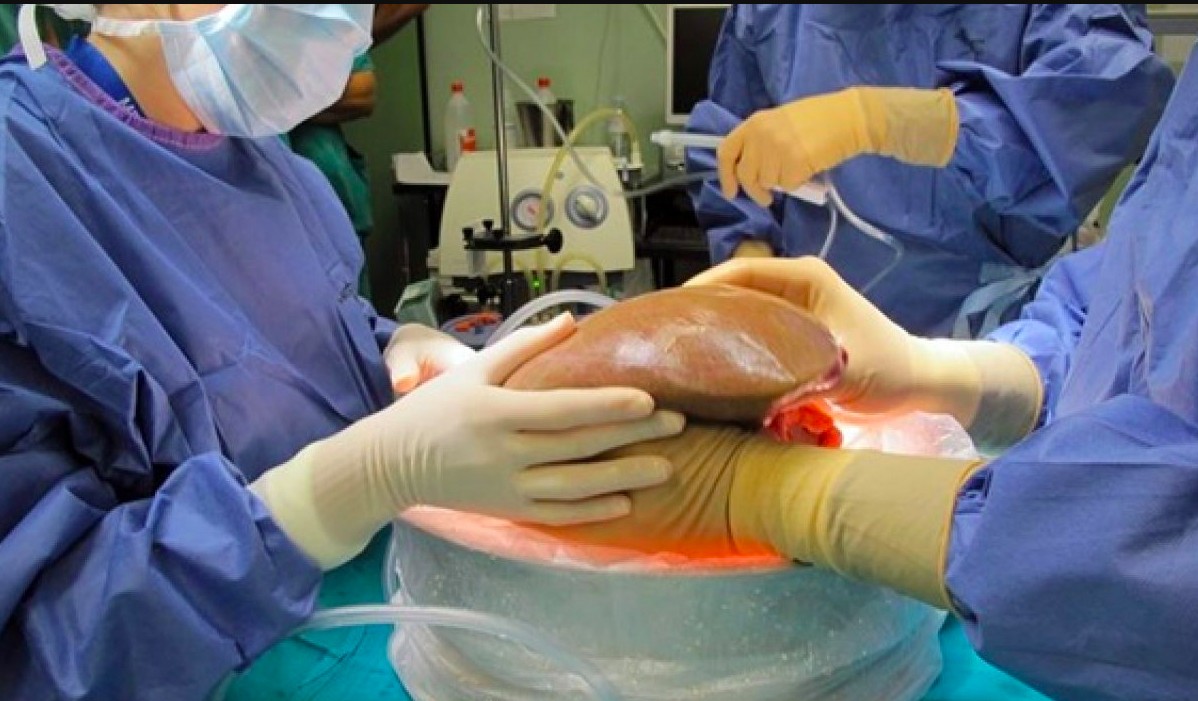Following exposure to hepatitis E virus (HEV), liver transplant recipients have increased risk of developing chronic infection, which may rapidly progress to severe liver damage if not treated. Despite these dire consequences, only 30% of patients with chronic HEV infection are symptomatic and the infection can go unnoticed.
A recent study, by Dr. Miriam Frankal, Adjunct Prof. Heléne Norder and their colleagues, describes a considerable rate of HEV infection among liver transplant recipients in Sweden. 109 patients were evaluated for anti-HEV IgM, HEV-IgG and HEV RNA at the time of liver transplantation, 3- and 12-months post-transplant. Twelve (11%) LT recipients acquired markers of HEV infection during the study period whereof seven patients (6%) had detectable HEV RNA (one prior to transplantation, three at the 3-months and another three at the 12 months follow-up post-transplant). All resolved their infections without treatment and had undetectable HEV-RNA at the succeeding follow-up.

Figure: Markers of possible HEV infection in 109 liver transplant recipients.
Most of these infections would have gone unnoticed since the patients had discrete signs and symptoms, and none developed chronic infection. Immunosuppressed patients may be asymptomatic and often lack antibody responses, if HEV RNA testing had been limited to patients with abnormal ALT levels or IgM detection, 6 of 7 patients would have remained undetected.
The results highlight the frequency of silent, spontaneously resolving HEV infections. This can be a possible explanation for the presumed under- or misdiagnosing of hepatitis E infections, revealed by the fact that anti-HEV IgG seroprevalence indicating previous infection is much higher than the number of reported clinical cases in most European countries.
Read the full article published in Transplantation Direct in December 2022 doi: 10.1097/TXD.0000000000001409

